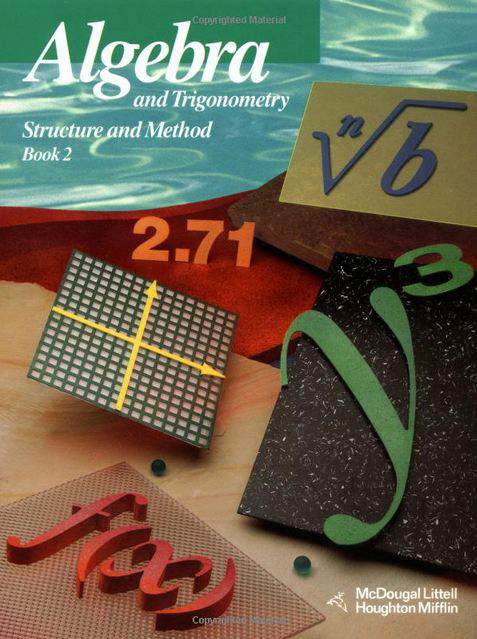Connecting...

This is a quick preview of the lesson. For full access, please Log In or Sign up.
For more information, please see full course syllabus of Algebra 2
For more information, please see full course syllabus of Algebra 2
Algebra 2 Matrix Operations
Lecture Description
Matrices are like numbers where you can perform mathematical operations like addition and subtraction. However, there are some rules to matrix operations that you need to follow to be able to add, subtract, or multiply matrices. For example, to perform addition and subtraction on a matrix, matrices need to have the same dimension. To multiply a matrix with a number, you need to multiply each element of a matrix by the number. There are some properties that regulate matrix operations, which you'll learn more about in the lecture.
Bookmark & Share
Embed
Share this knowledge with your friends!
Copy & Paste this embed code into your website’s HTML
Please ensure that your website editor is in text mode when you paste the code.(In Wordpress, the mode button is on the top right corner.)
×
Since this lesson is not free, only the preview will appear on your website.
- - Allow users to view the embedded video in full-size.
Next Lecture
Previous Lecture









































 Carleen Eaton
Carleen Eaton Grant Fraser
Grant Fraser
 Answer Engine
Answer Engine



2 answers
Last reply by: Andrew Liu
Sun Jun 28, 2020 1:00 PM
Post by Andrew Liu on June 2, 2020
can we multiply 2 matrices , or can we only multiply a scalar with a matric?
3 answers
Last reply by:
Thu Jun 9, 2022 12:00 PM
Post by Gull Aqa Nazari on May 26, 2020
Is -1 - (6) = 7?
How?
0 answers
Post by Kyle Wu on April 7, 2019
Is ? (sometimes called the lemniscate) a constant?
0 answers
Post by Christopher Lee on December 17, 2013
Never mind, I saw how you corrected it.
0 answers
Post by Christopher Lee on December 17, 2013
For example 4, you stated and wrote that -3 * 3 is equal to 9, when it should be -9.